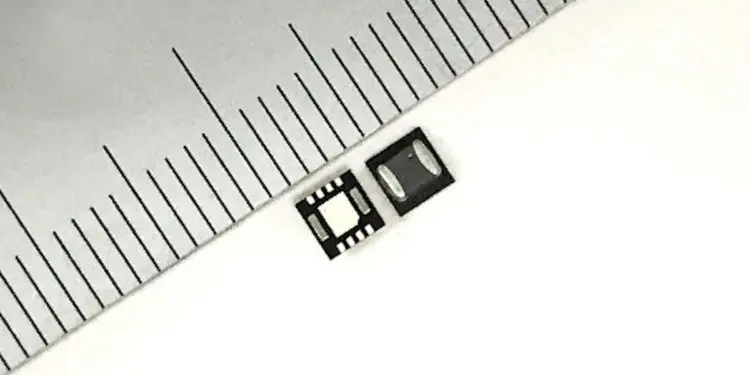Torex Semiconductor Ltd. has launched the XCL230/XCL231 as a new series of low supply current, step-down DC/DC converter with built-in inductor.
The XCL230/XCL231 Series is a 36V, 600mA step-down DC/DC converter with an integrated control IC and coil. Integrating the coil makes for easier circuit board layout and minimizes malfunction and noise from the component and wiring layout. The input voltage range is 3.0 to 36V, the switching frequency is 1.2MHz, and a synchronous rectification circuit is used to achieve a stable power supply at high efficiency. The DFN3030-10B (3.0×3.0, h=1.6mm) package is used for a small package size.
The XCL230 Series fixes the operation frequency using PWM control to suppress output ripple voltage. The XCL231 Series automatically switches between PWM and PFM control to reduce loss by lowering the operation frequency during low loads to achieve high efficiency across the entire range from low to high loads. A 0.75V standard voltage supply is built in, and the output voltage can be set to 1.0V to 5.0V using an external resistance.
The “cool post type” package used in XCL230/XCL231 series (Fig. 1) allows the upper coil to be connect to the PCB with low resistance in both electricity and heat by penetrating the Cu post inside. Low resistance and high heat dissipation can be realized. (Fig. 2)
The soft start time is internally set to 2.0ms, and a time that is longer than the internal soft-start can be freely set depending on the resistance and capacity connected to the EN/SS pin. An overcurrent protection function and thermal shutdown function are built in as protective functions to ensure safe use in the event of a short circuit.

































